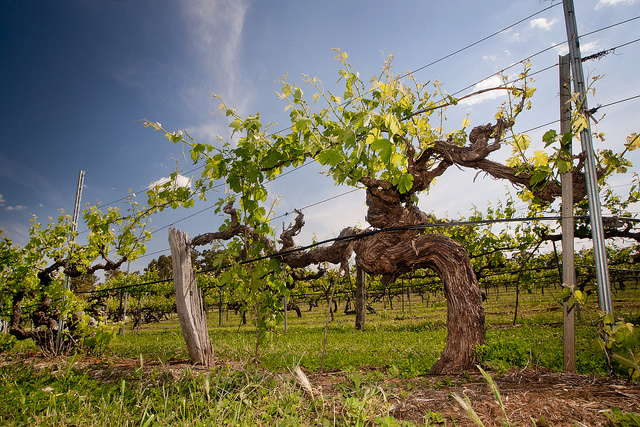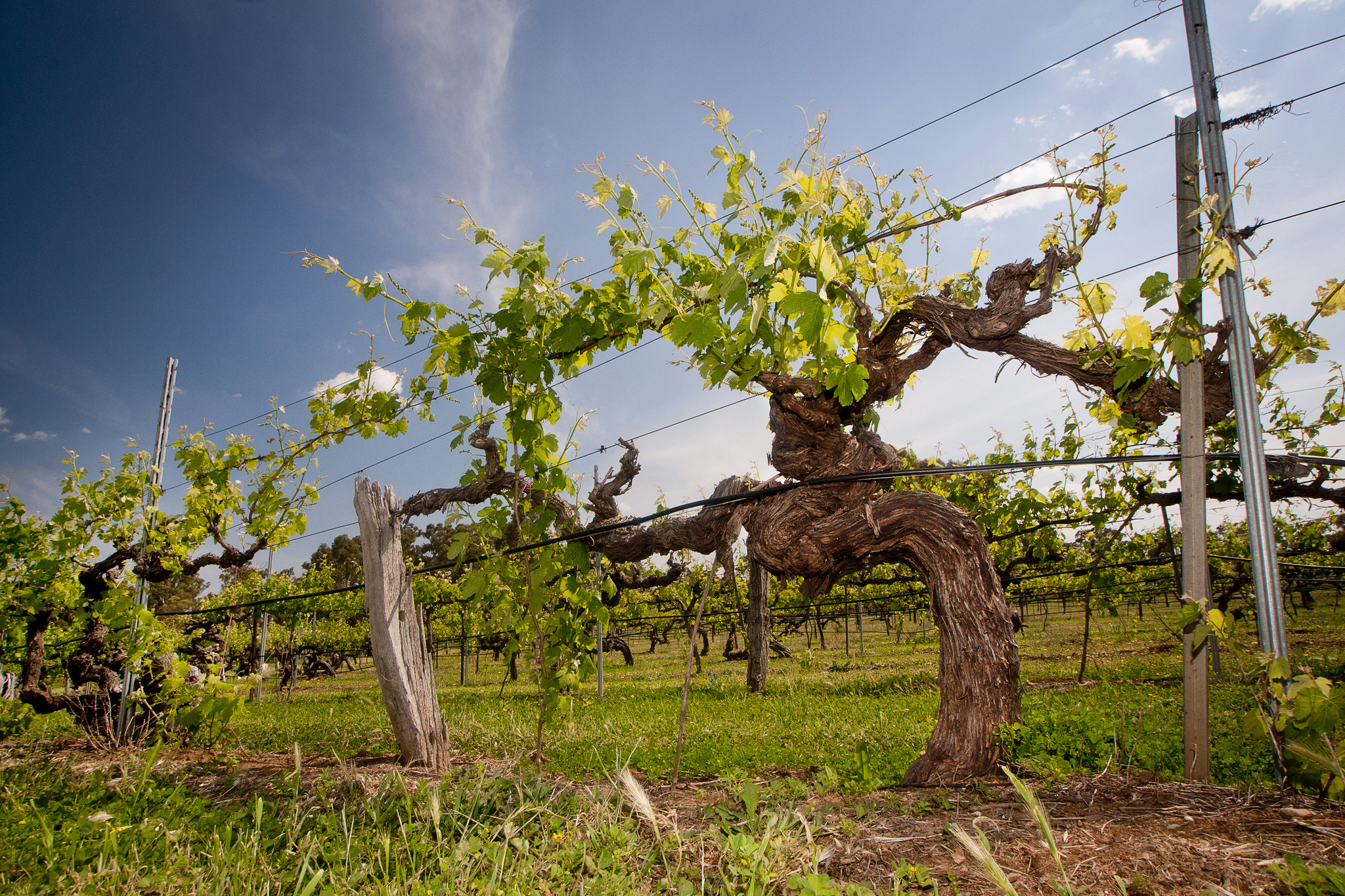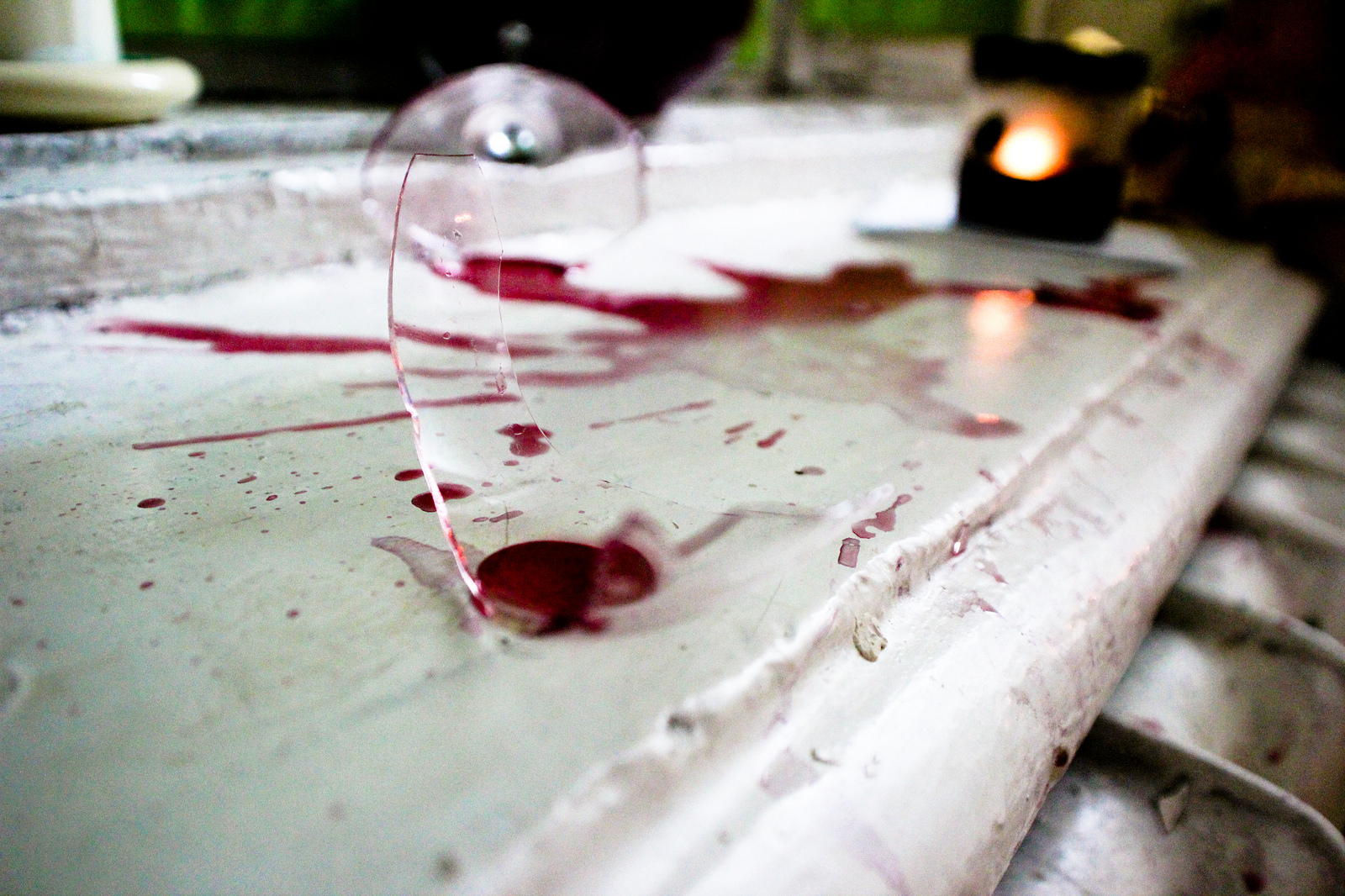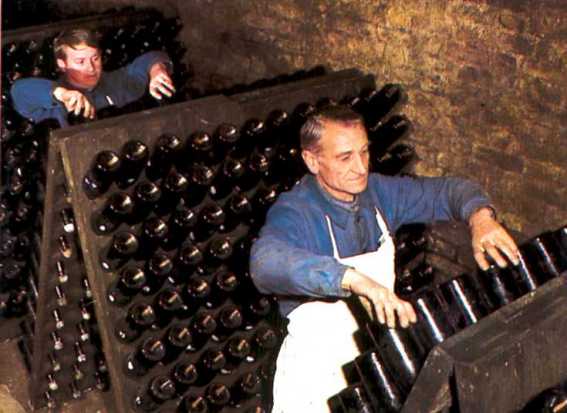The older the berry the sweeter the juice. When it comes to grape vines that’s certainly true in a lot of ways.
The term “old vines” shows up on plenty of wine labels, most often Zinfandel or Petite Sirah. Maybe you wondered if it’s just marketing hype used to make a wine sound extra special, or does it actually imply something about the quality? Unlike some terms appearing on labels, there is no legal definition for the term “old vines”. The reality is that the vines might be 20 or 120 years old.

Old vines often look the part, with burly, gnarled trunks. Photo by Mark Smith.
Effects of Aging
There’s no hard science behind the effects of age on vines, but most experts agree on several points.
- The clusters become sparse, producing less fruit, and the skin-to-pulp ratio increases. This results in berries with more concentrated flavor.
- Growers believe old vines have much deeper roots that can reach more mineral deposits and pull more terroir from the earth. In comparison, young vines with shallow roots may suck up more surface water, bloating the grapes and diluting their flavor.
- In a drought, the deep root systems may tap into much needed water far below the surface.
- Lower yields and concentrated berries produce wines with more structure, intensity, and complexity; on the flip side they might not be as “fruit forward” in style.

This recent offering is made from grapes sourced from the 110-year-old R.W. Moore vineyard in Dry Creek Valley.
Respected Elders
The Historic Vineyard Society lists 230 vineyards across California that were originally planted before 1960 and still have at least a third of the vines from the original planting. From Austria to Australia, almost every major wine growing region is home to some historic vineyards.
- The Ridge Geyserville vineyard, a field blend of Zinfandel, Petite Sirah, Carignane, and others contains vines planted only thirty years after the Civil War.
- The oldest documented vineyard in California is the property now called the Original Grandpere Vineyard or Vineyard 1869 near Plymouth in Amador County, which dates back to at least 1869.
- Turkey Flat Vineyard’s Shiraz (Barossa Valley, Australia); oldest commercial vines/planted in 1847
- The oldest known grape-producing vine is a Žametovka vine growing in Maribor in Slovenia, which is known to have been alive in the 17th century; it produces a token of about 35 to 55 kg grapes each year, which is fermented and put into about 100 miniature bottles.
The Verdict
Younger grapes tend to produce more fruit-forward flavors that can diminish over time, while older vines often bring a more layered complexity to wine as it ages. Still, the ambiguity behind the term makes for hazy expectations and it’s probably best if you do a little digging to learn more about the vineyard and its history. In our experience older vines do generally produce more interesting wines, especially Zinfandel, Shiraz, Barolo, and Petite Sirah, so we’ll hedge our bet on the old vines almost every time.













